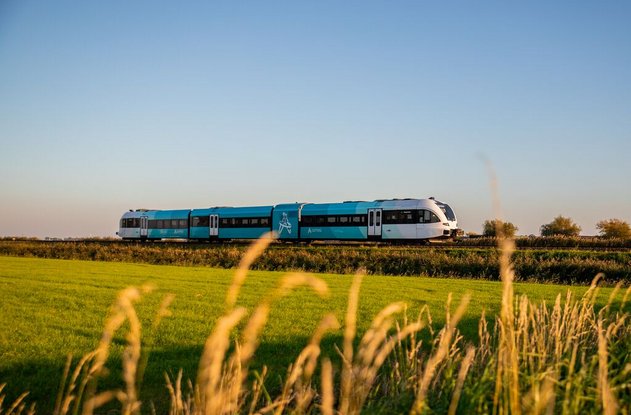
On the German side, heavy rains and high water have significantly deteriorated soil conditions, delaying construction work. On the Dutch side, poor subsoil quality has been a major cause. In addition, supply problems and shortages of essential construction materials have also contributed to the delay.
Alternative bus transportation
The current train on the Groningen - Bad Nieuweschans route will continue to run as much as possible. On parts of the route where there is no train due to works, replacement bus transport will remain available. The Groningen - Leer express bus will also continue to run. Travelers will be informed about the timetables in a timely manner. A direct train is expected to start running between Groningen and Leer in the summer of 2025.
Different construction phases
The realization of the Wunderline is being carried out in several construction phases. Among other things, work is being done on tracks, switches, overhead lines and signals. In Germany, DB is working on the section between Ihrhove and the border with the Netherlands. The Friesenbrücke near Weener (Germany) is an essential part of the route. It is currently being rebuilt as Europe's largest lift-turn bridge and will be completed simultaneously with the commissioning of the Wunderline. Cyclists and pedestrians may be able to use the bridge as early as spring 2025. In the Netherlands, ProRail is working on the route between Hoogezand and Zuidbroek, Scheemda and Winschoten and Bad Nieuweschans and the border with Germany.